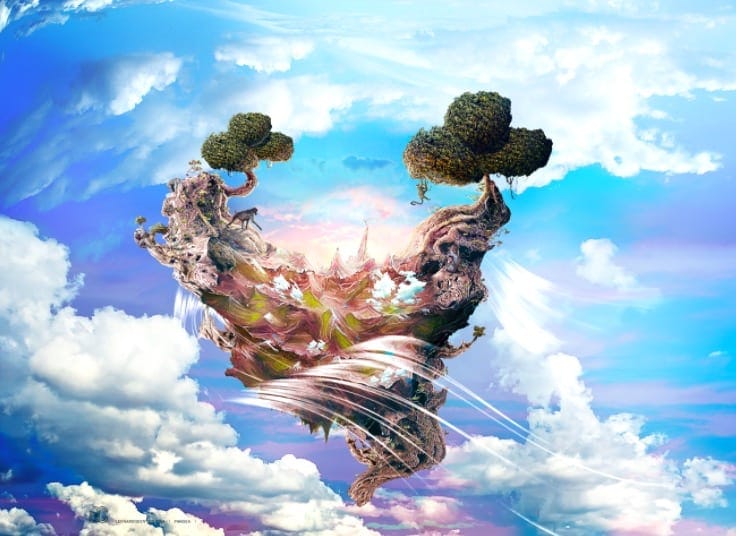The world was not always as we know it to be. In fact, way back when, the Earth was markedly different from the planet we inhabit today. And we don’t just mean in terms of the way we live, and how technology has evolved. We are talking about the geography and topography of the actual countries and landscapes. So, come with us now, on a journey back through the ages, to around 270 million years ago.
If we showed you a map of the world back then, it would be pretty much unrecognizable. And that’s largely because of the fact that it looked different. We’re talking, of course, and about famed and legendary supercontinent Pangea. This was one huge continent of conjoined landmasses that eventually broke apart around 200 million years ago. Here are some of the things we know about the Pangea continent.
Evidence of its existence
It has been discovered that Pangea existed in the Permian and Triassic periods, and fossil evidence, as well as geology, support its existence. By studying glacial deposits, as well as the formation of land masses, scientists can deduce that the continents we have today were all one huge land mass at some point in time. This is also often why we wind up with animals on continents we would expect them to be found, or fossils are discovered in different parts of the world.

The split
So, what caused such a giant landmass to actually split apart and create the new continents we have today? Well, the simple answer here is shifting tectonic plates which wound up splitting the land apart into different masses. This led to three phases which saw splitting and distances between the masses and led to the seven continents we have today. It is believed that a weakness in the Earth’s crust is what eventually to the split. It also led to spreading of the Panthalassa Ocean, which helped to form and create the Atlantic and Pacific Oceans, and the world as it is today slowly began to form.
Different climatic cycles
One of the most fascinating things about Pangea is how different the climatic cycles would have been for a single landmass. The center of the continent would most likely have been incredibly dry because it was the farthest from the ocean and shielded by huge mountain ranges. However, there was also the x-factor of the equator, which meant that the areas of Pangea to bridge the equator would have had climates more akin to the rainforest. It’s clear that there were many different climates spread all across the continent.
As you can see, Pangea was one of the most fascinating things we’ve learned about our world. It’s incredible to think that the planet was actually all one huge landmass all those years ago. And the complexities of the Earth’s tectonic plates have divided us all. Despite this, humans naturally maintain interest in other cultures, and we will cross oceans and continents, to see each other once more.

